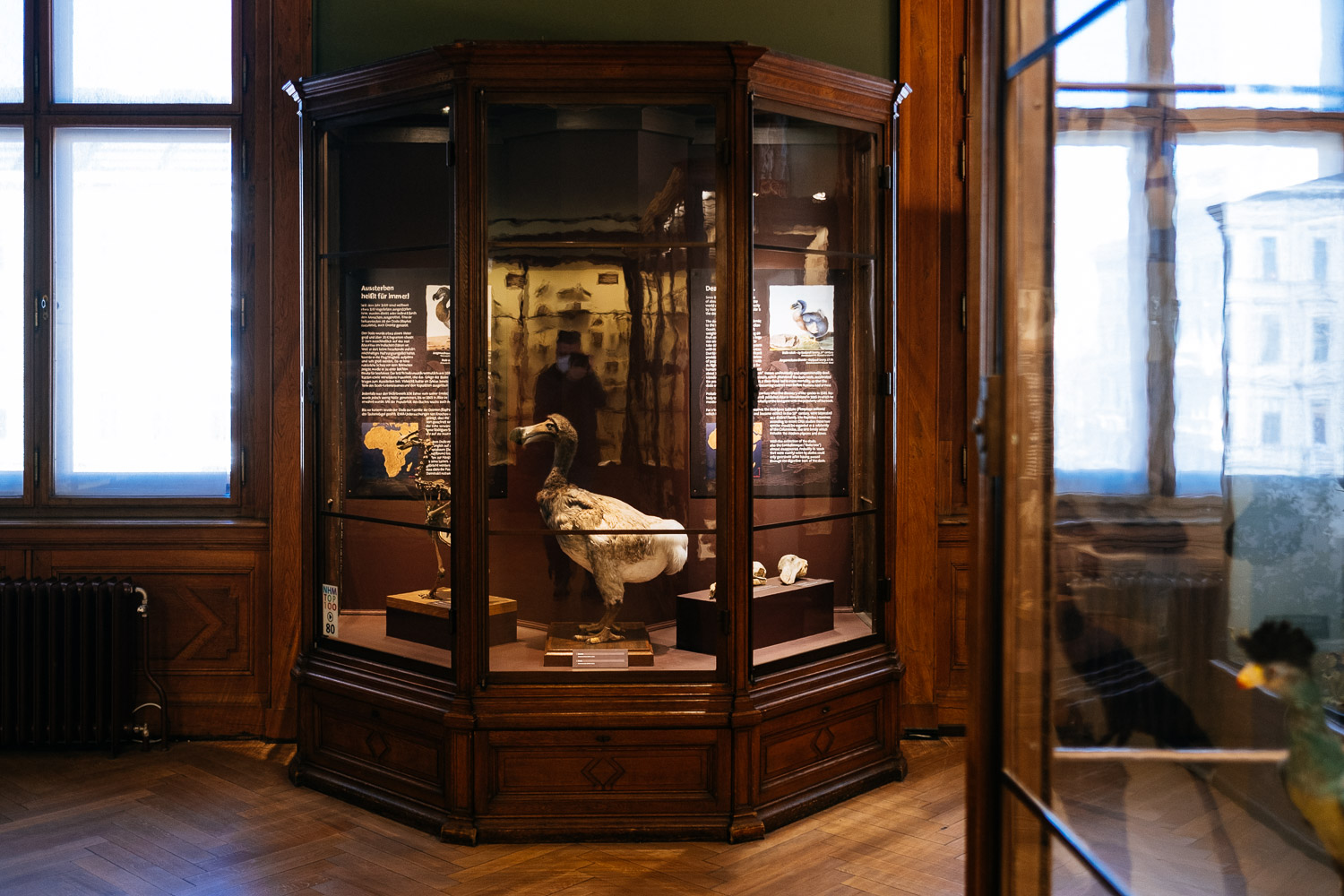 FUJIFILM X-Pro3 (14mm, f/4, 1/60 sec, ISO4000)
FUJIFILM X-Pro3 (14mm, f/4, 1/60 sec, ISO4000)
When I bought the Fuji X100 almost 11 years ago I first came here to thoroughly test its capabilities. Now it was time to come here again to see how Fuji cameras have developed.
The place is the NHM, the Nature History Museum in Vienna and within this 11 years I came here quite often. Mostly to test new cameras or lenses. I came here when I got the Fuji X100, the Fuji X-Pro1, the Sony RX100, the Panasonic GM1, the Fuji X-Pro2 and now the Fuji X-Pro3 or to test my new lenses like the Fuji XF 23/1.4, XF 56/1.2 or the Canon EF 16-35/4 IS.
The NHM is fantastic: Beautiful imperial architecture, big rooms full of historic cabinets filled with mammals, birds and insects. And if you visit early morning on a Monday like I did you have the place for yourself.
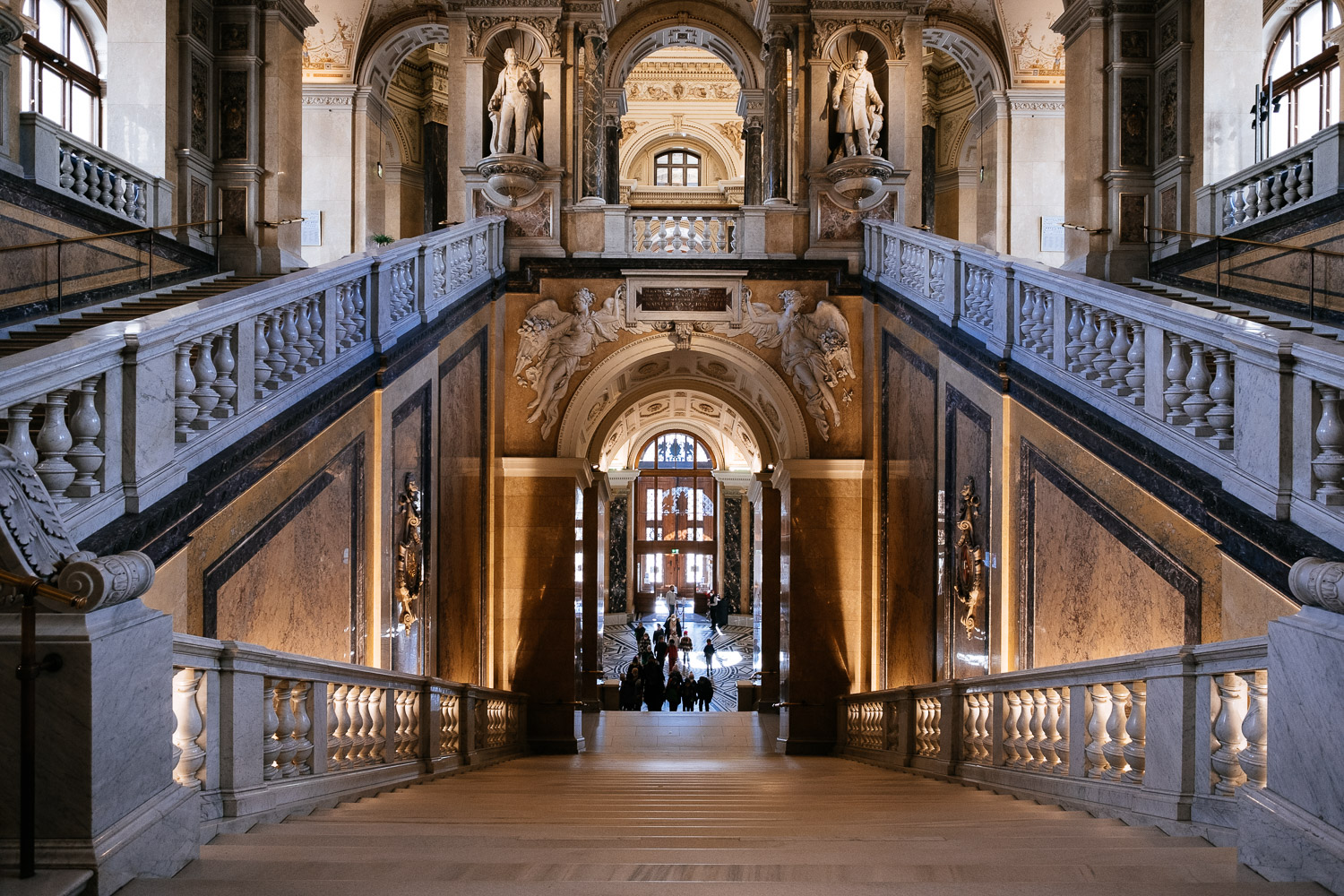 FUJIFILM X-Pro3 (14mm, f/4, 1/60 sec, ISO1000)
FUJIFILM X-Pro3 (14mm, f/4, 1/60 sec, ISO1000)
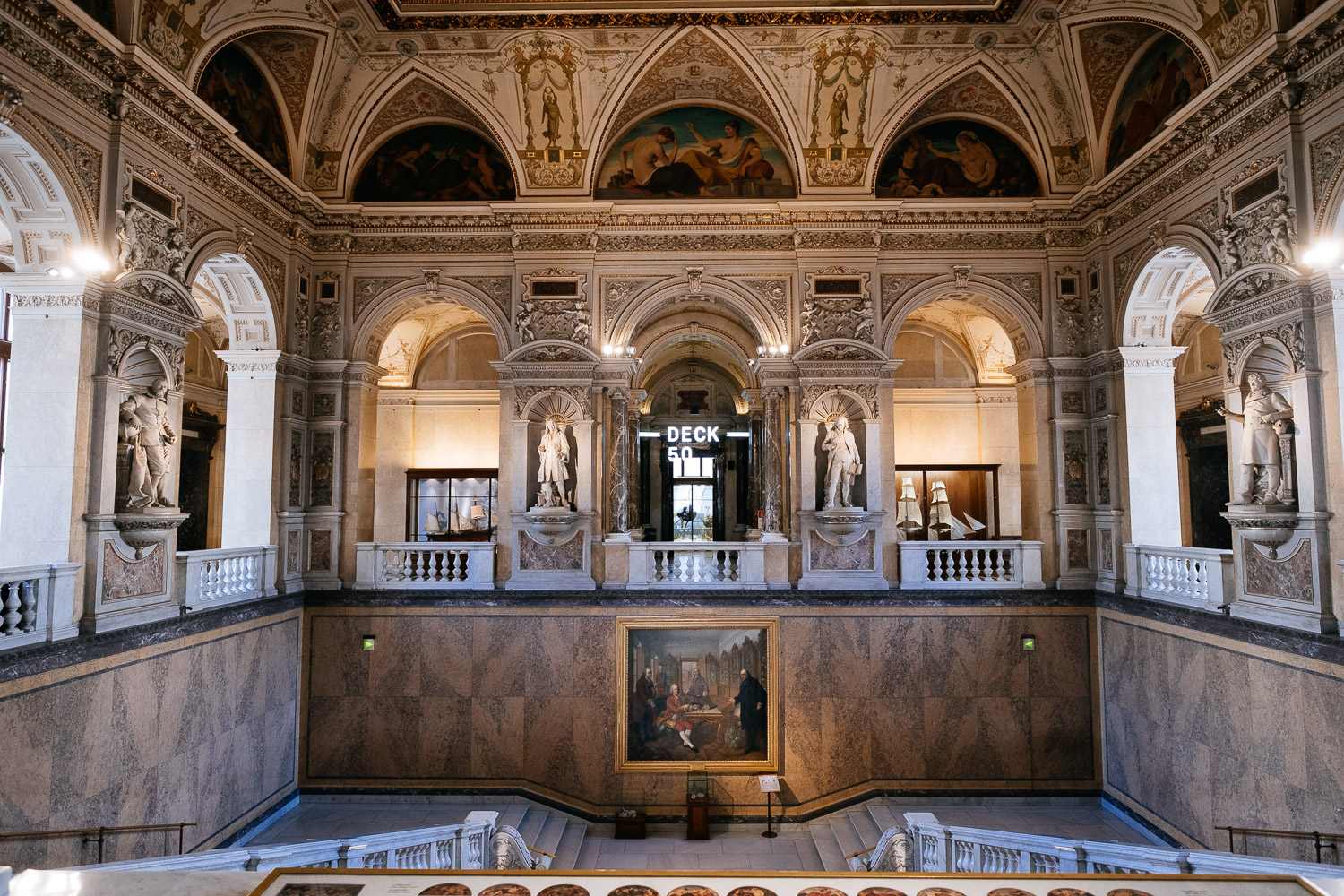 FUJIFILM X-Pro3 (14mm, f/4, 1/60 sec, ISO1600)
FUJIFILM X-Pro3 (14mm, f/4, 1/60 sec, ISO1600)
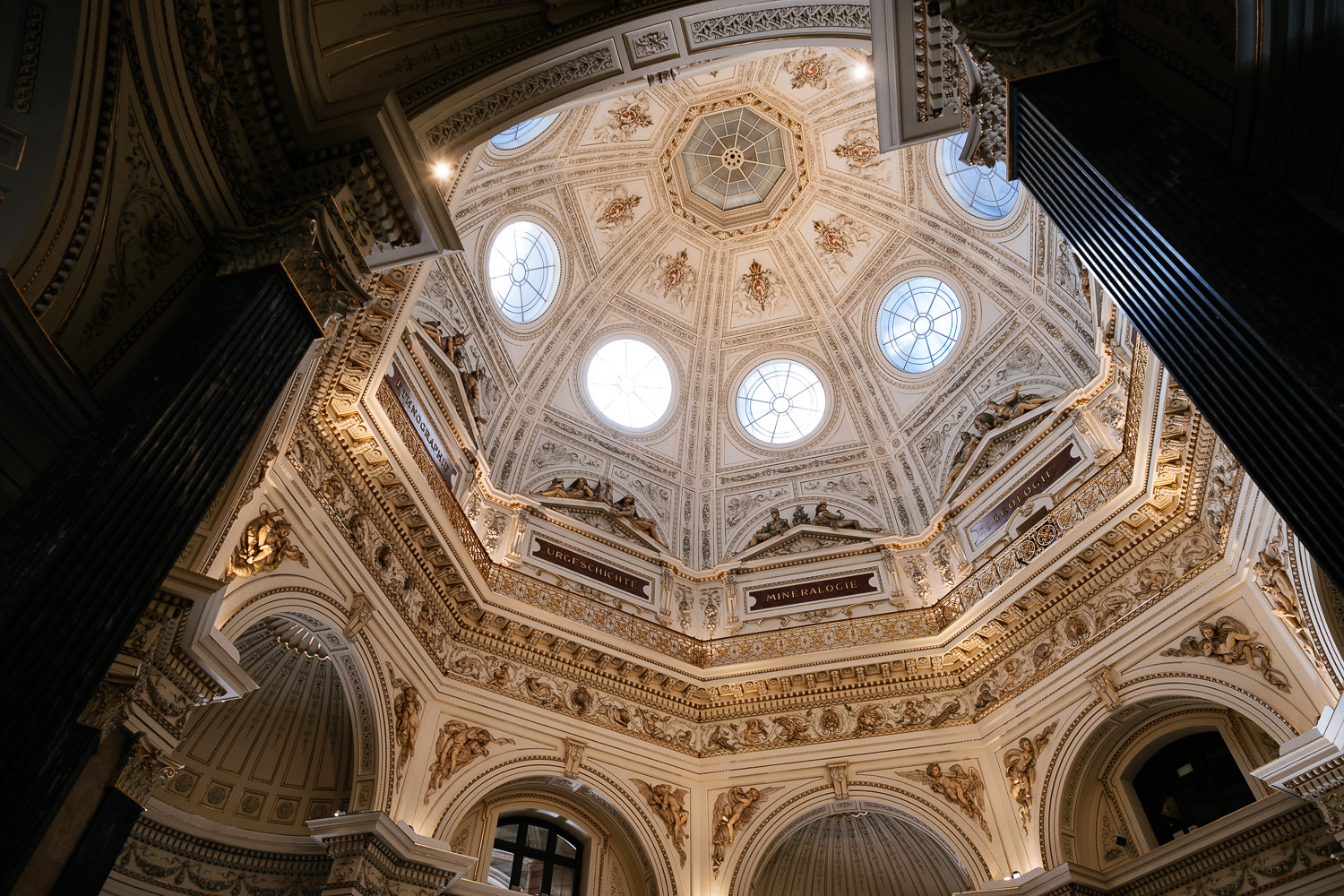 FUJIFILM X-Pro3 (14mm, f/4.5, 1/60 sec, ISO640)
FUJIFILM X-Pro3 (14mm, f/4.5, 1/60 sec, ISO640)
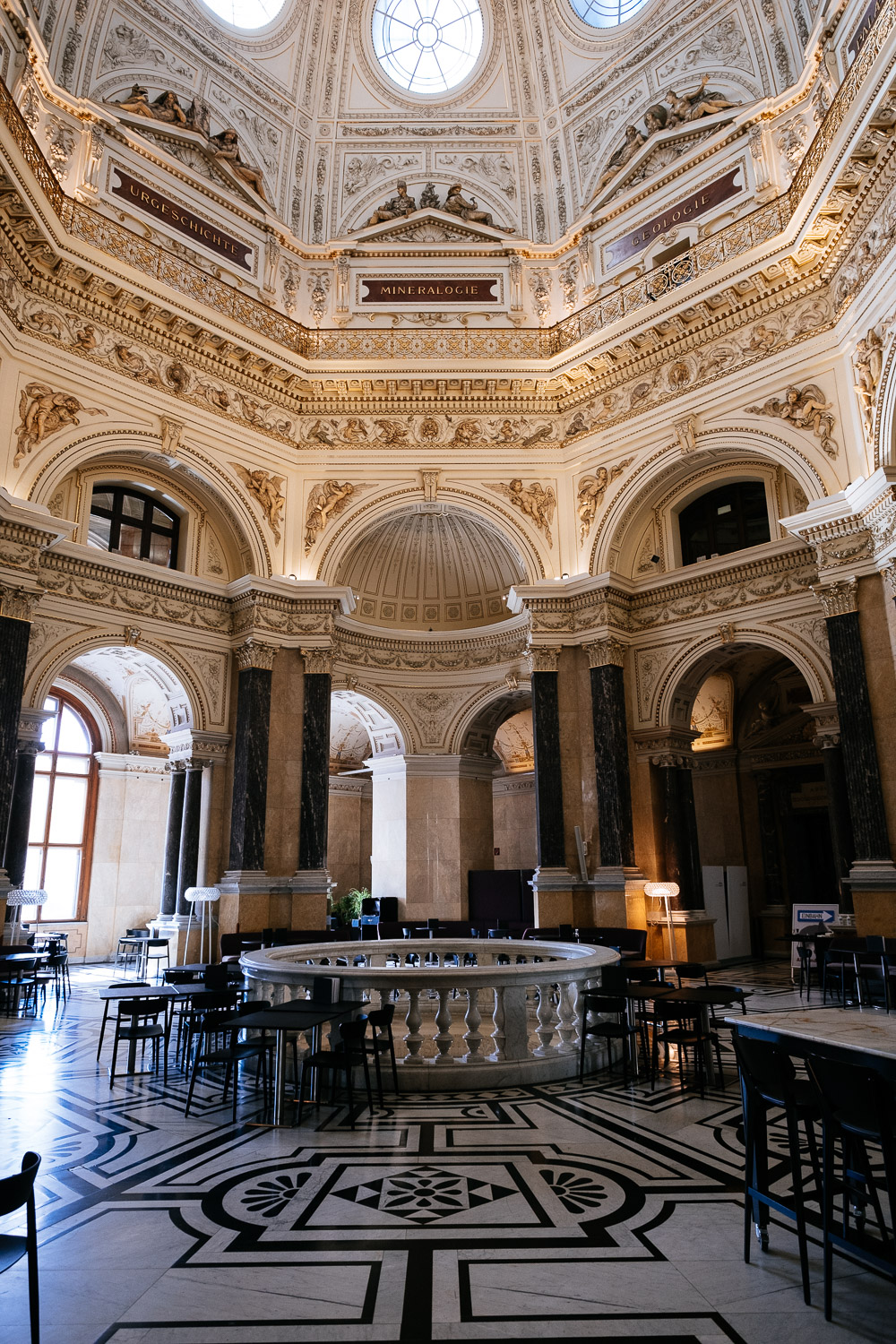 FUJIFILM X-Pro3 (14mm, f/4.5, 1/60 sec, ISO800)
FUJIFILM X-Pro3 (14mm, f/4.5, 1/60 sec, ISO800)
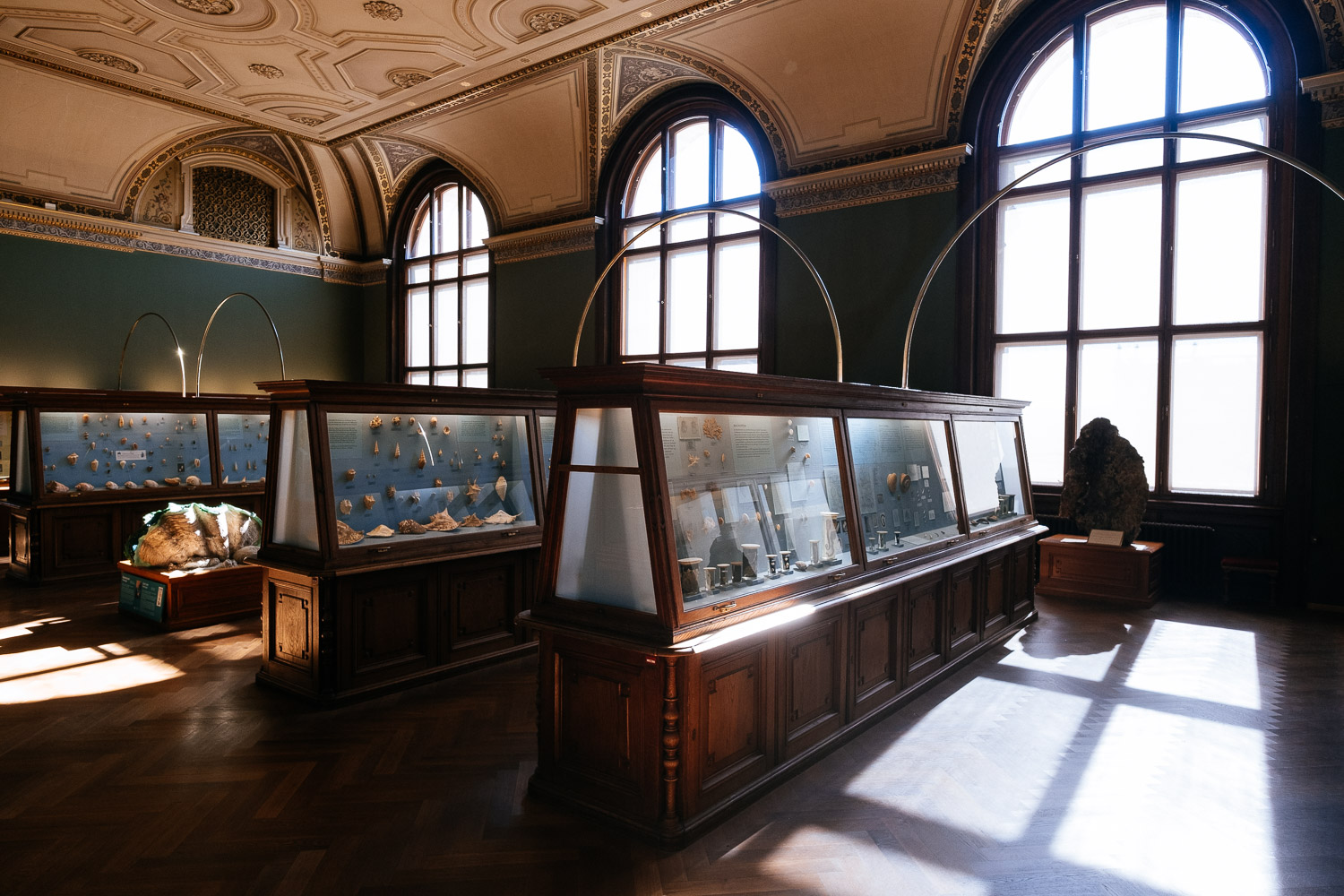 FUJIFILM X-Pro3 (14mm, f/5.6, 1/60 sec, ISO640)
FUJIFILM X-Pro3 (14mm, f/5.6, 1/60 sec, ISO640)
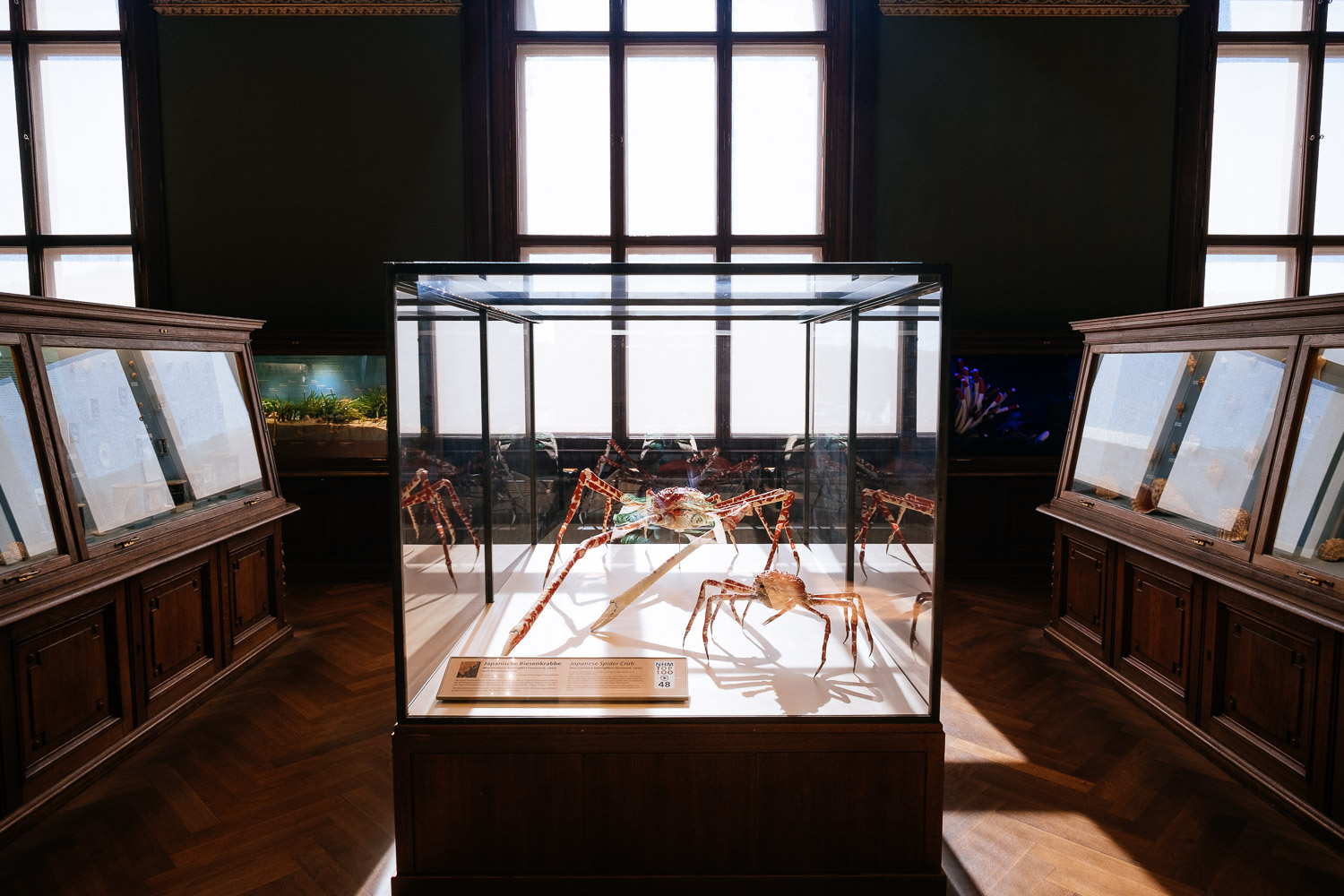 FUJIFILM X-Pro3 (14mm, f/4.5, 1/60 sec, ISO320)
FUJIFILM X-Pro3 (14mm, f/4.5, 1/60 sec, ISO320)
The NHM is perfect to test new equipment. The light is difficult. A mix of artificial light and the sunlight from the windows mean a lot of contrast and a challenge for the auto-white balance of the camera. It’s also a good place to check the high ISO performance because there is so much detail in the old oak wood floor, the wood frames of the cabinets and the details on walls and ceilings. Excessive noise cancelation would be very easy to detect.
I test that my new Fuji X-Pro3 passes with flying colours. Auto-WB was already excellent in the Fuji X100. This was the biggest difference to any other camera I shot before. Fuji just nails white balance in those conditions and because of that life is easy in post processing. Where the Fuji X100 had real problems was in the autofocus department. AF improved with firmware updates but the X-Pro3 is on a completely different level. There is no hunting or hesitation, it just works. Dynamic range is excellent, I think it is slightly better than on my X-Pro2. While high ISO noise performance is very good I think the X-Pro2 is at least at the same level.
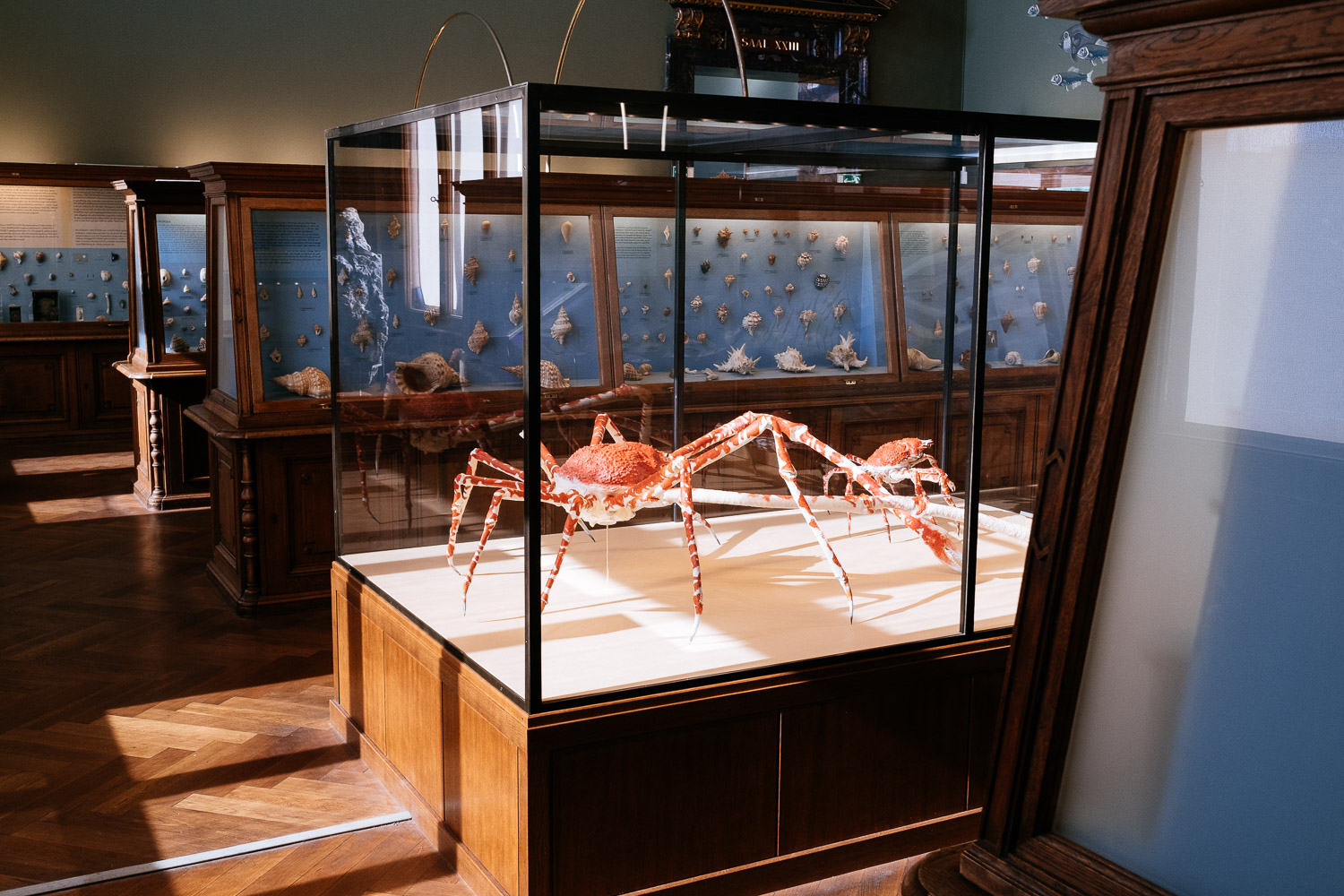 FUJIFILM X-Pro3 (23mm, f/5.6, 1/60 sec, ISO1000)
FUJIFILM X-Pro3 (23mm, f/5.6, 1/60 sec, ISO1000)
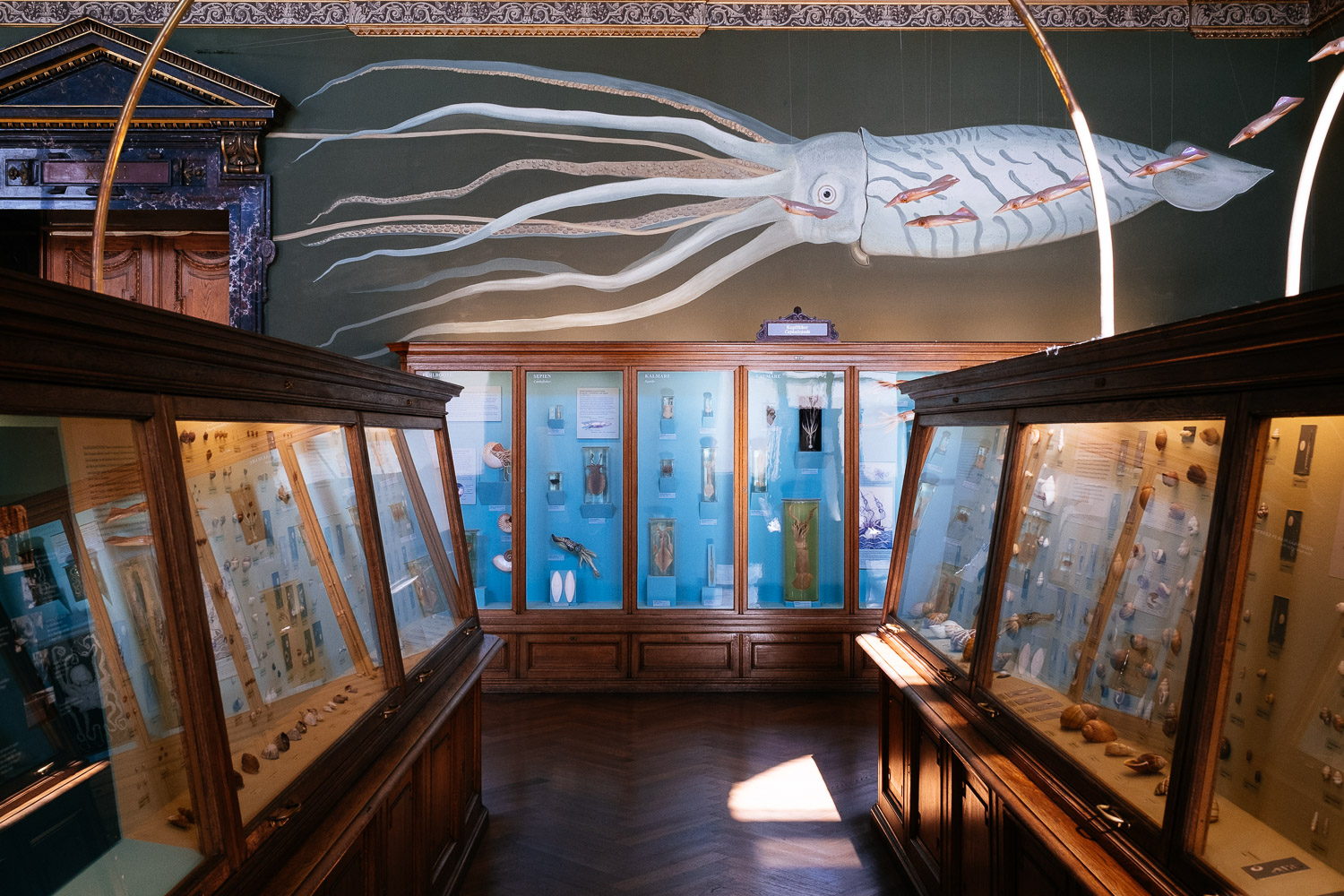 FUJIFILM X-Pro3 (23mm, f/5.6, 1/60 sec, ISO1000)
FUJIFILM X-Pro3 (23mm, f/5.6, 1/60 sec, ISO1000)
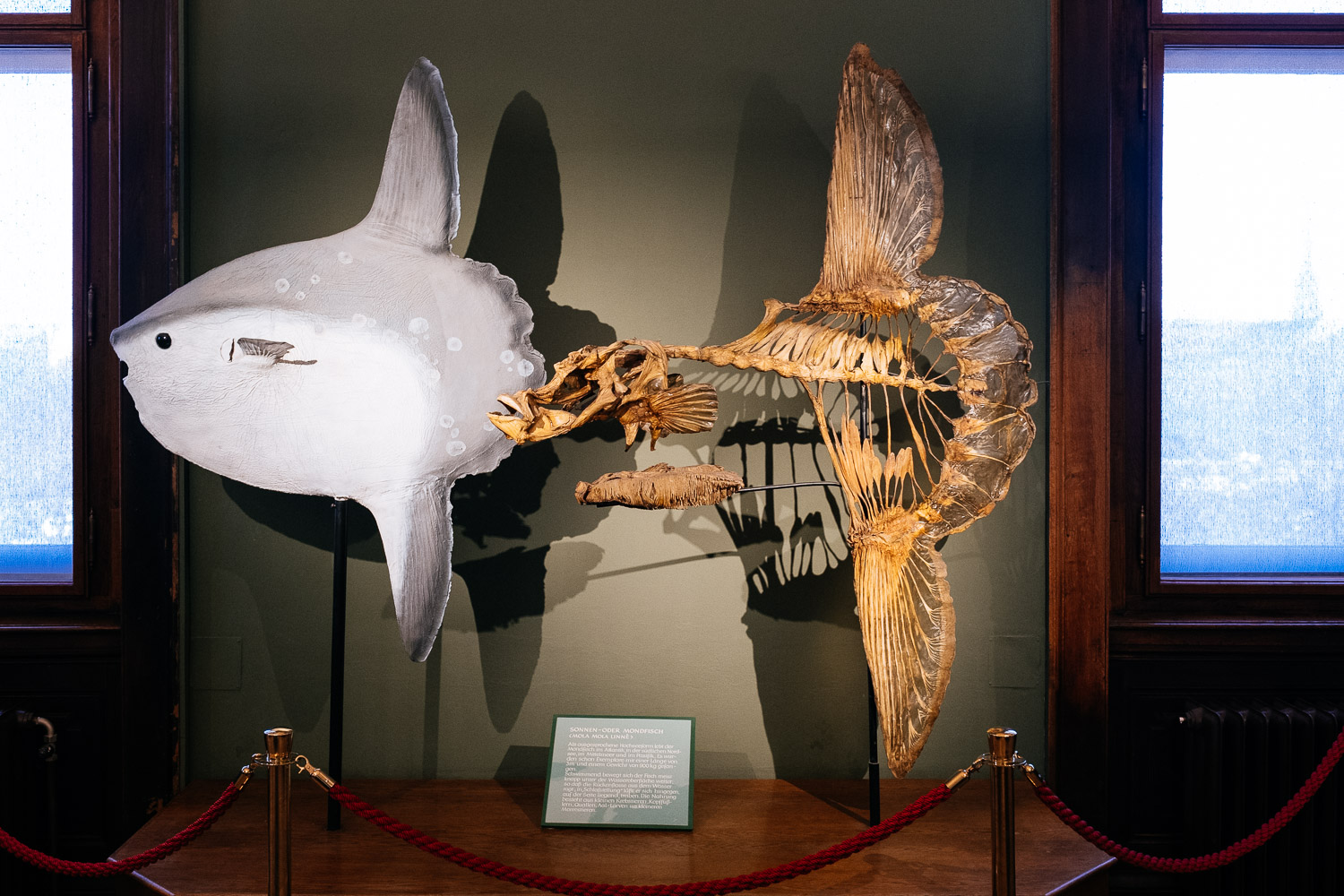 FUJIFILM X-Pro3 (23mm, f/3.2, 1/60 sec, ISO1600)
FUJIFILM X-Pro3 (23mm, f/3.2, 1/60 sec, ISO1600)
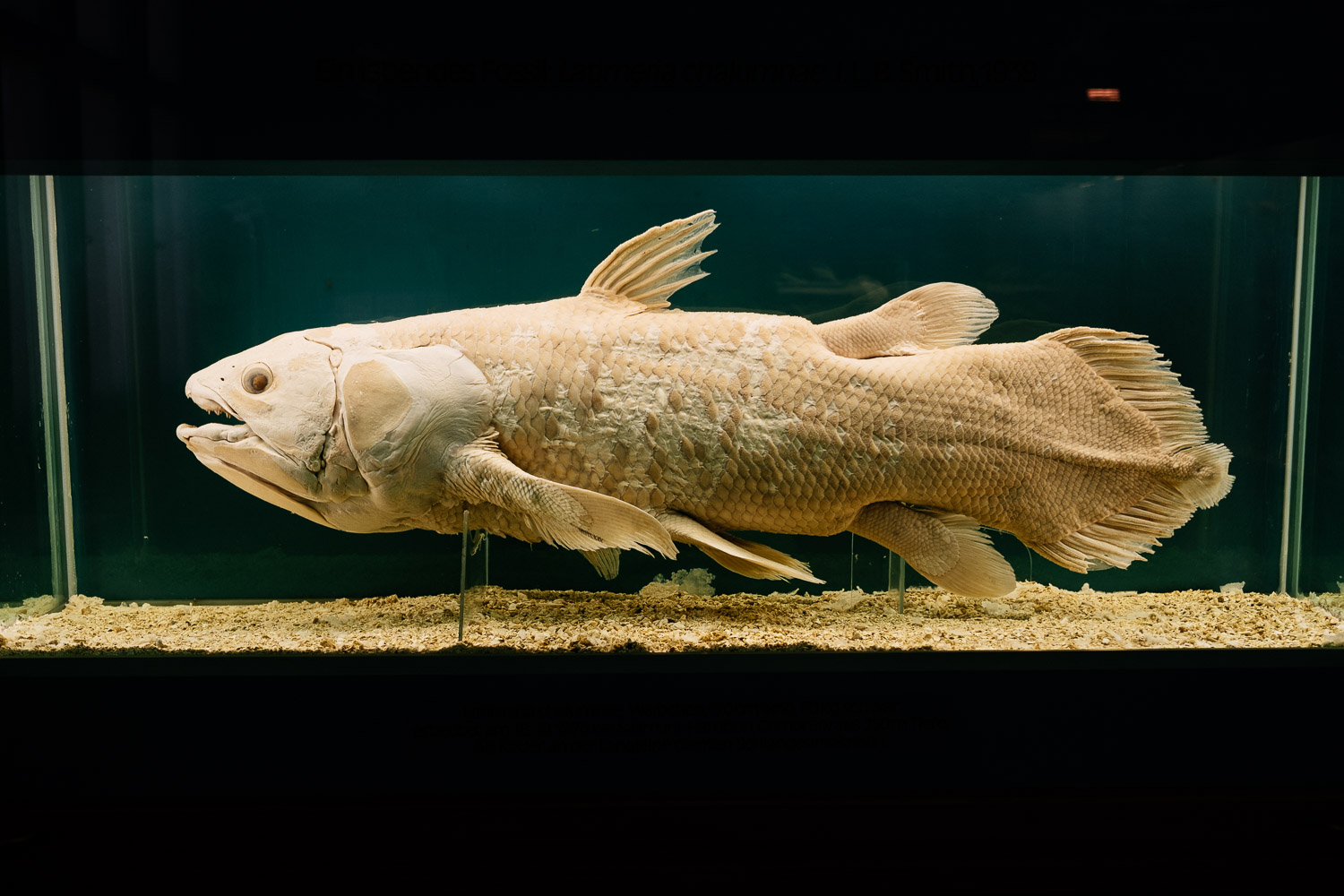 FUJIFILM X-Pro3 (23mm, f/2.2, 1/100 sec, ISO160)
FUJIFILM X-Pro3 (23mm, f/2.2, 1/100 sec, ISO160)
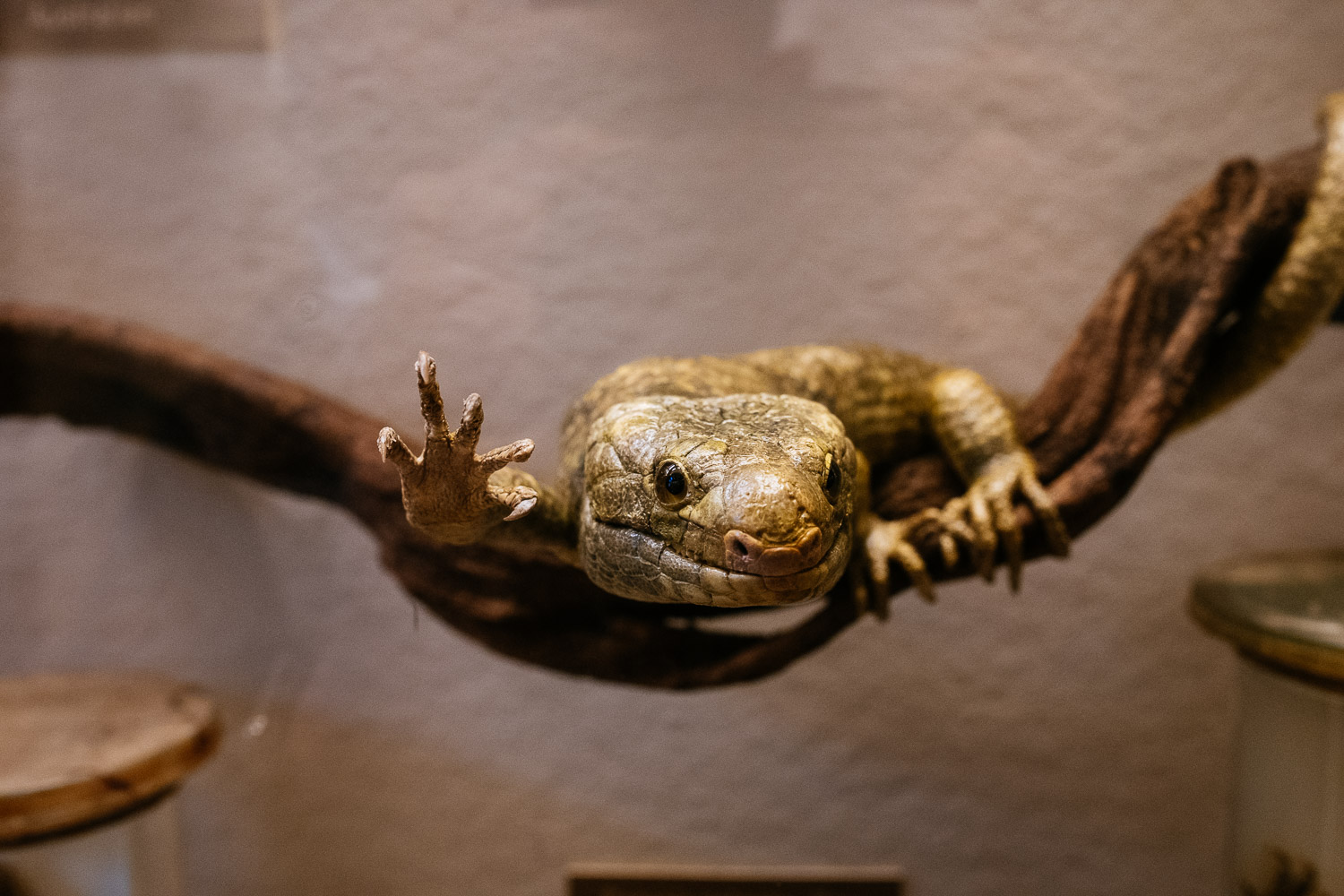 FUJIFILM X-Pro3 (23mm, f/5, 1/60 sec, ISO3200)
FUJIFILM X-Pro3 (23mm, f/5, 1/60 sec, ISO3200)
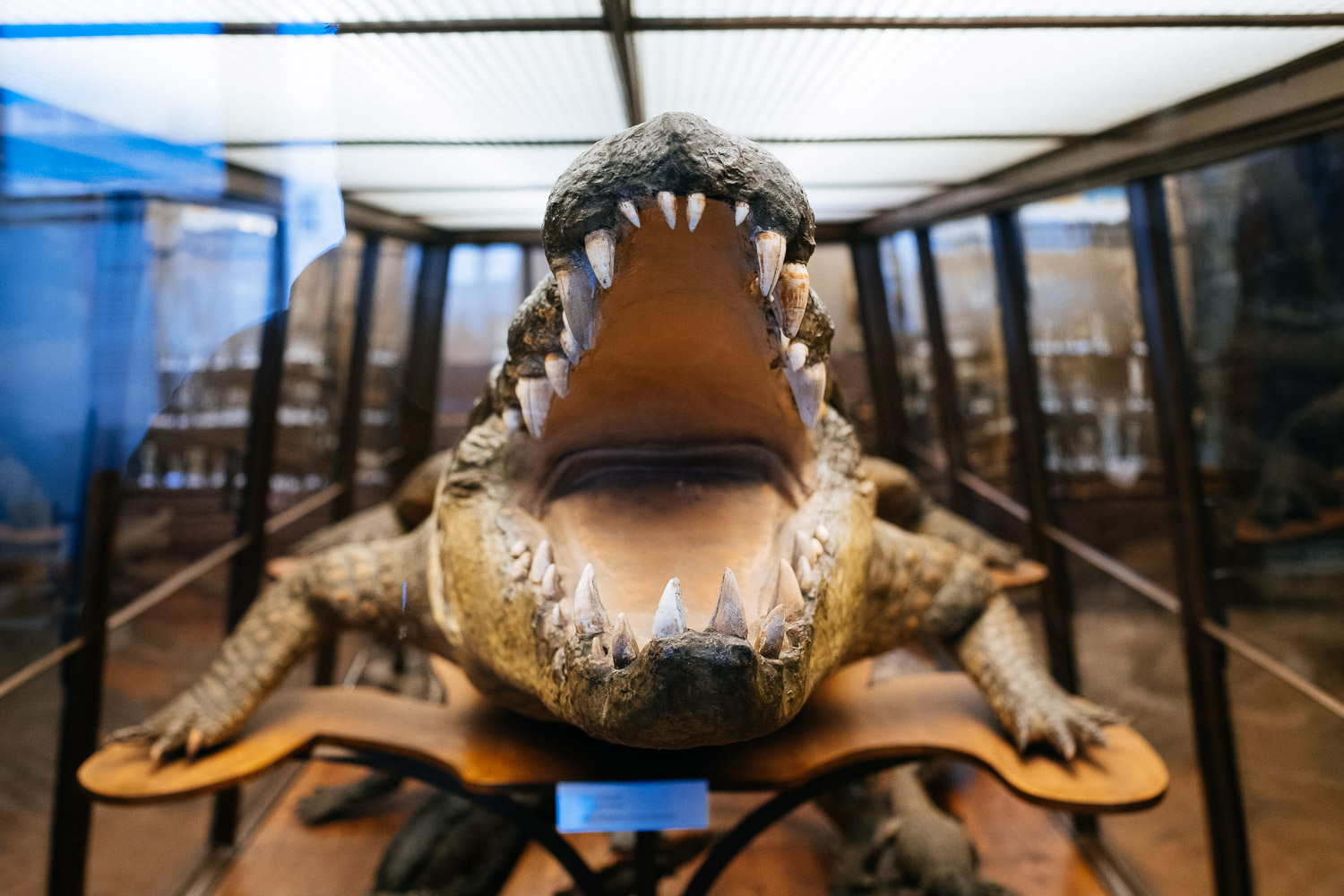 FUJIFILM X-Pro3 (23mm, f/3.2, 1/60 sec, ISO1600)
FUJIFILM X-Pro3 (23mm, f/3.2, 1/60 sec, ISO1600)
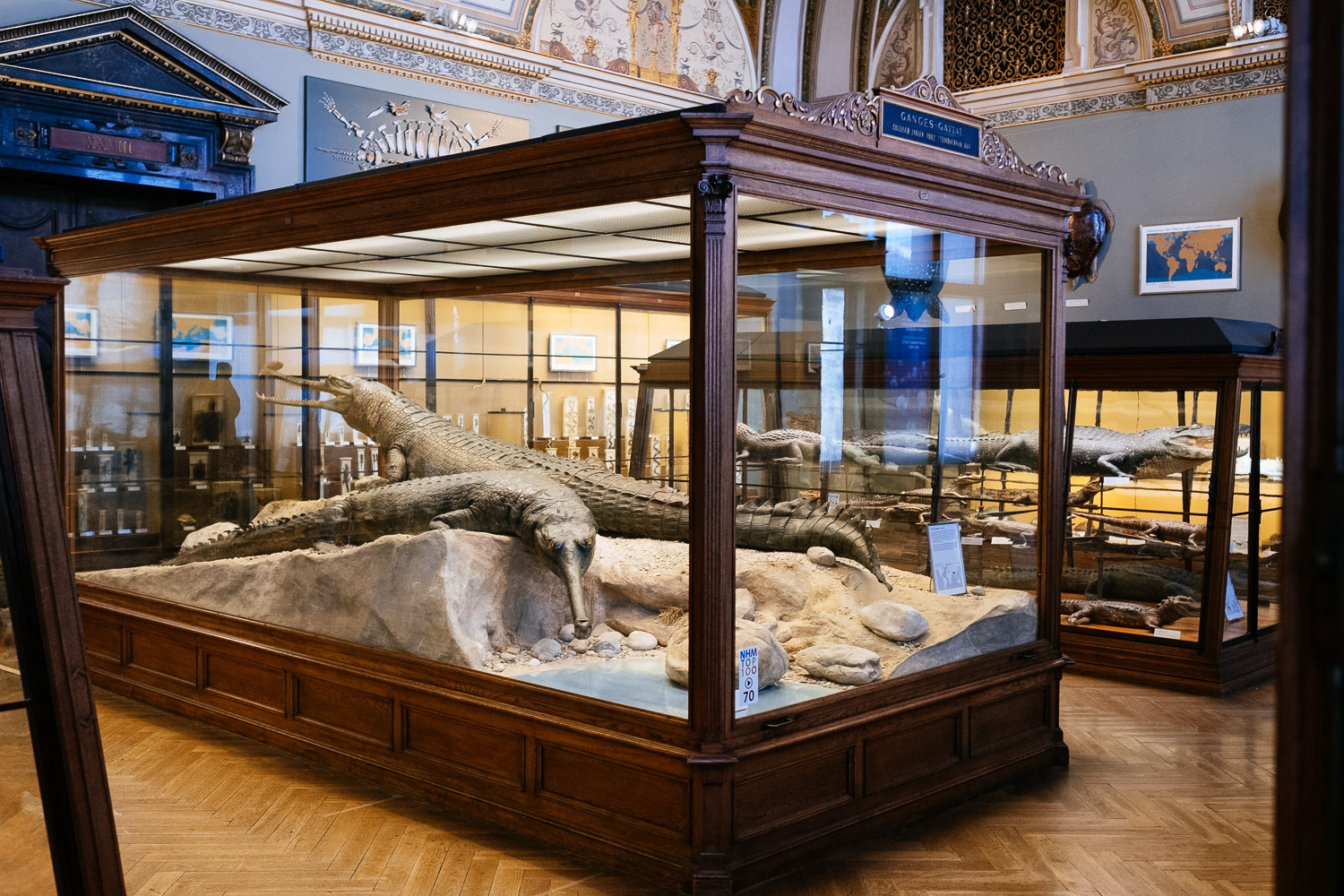 FUJIFILM X-Pro3 (23mm, f/2.8, 1/60 sec, ISO2500)
FUJIFILM X-Pro3 (23mm, f/2.8, 1/60 sec, ISO2500)
 FUJIFILM X-Pro3 (14mm, f/4, 1/60 sec, ISO4000)
FUJIFILM X-Pro3 (14mm, f/4, 1/60 sec, ISO4000)
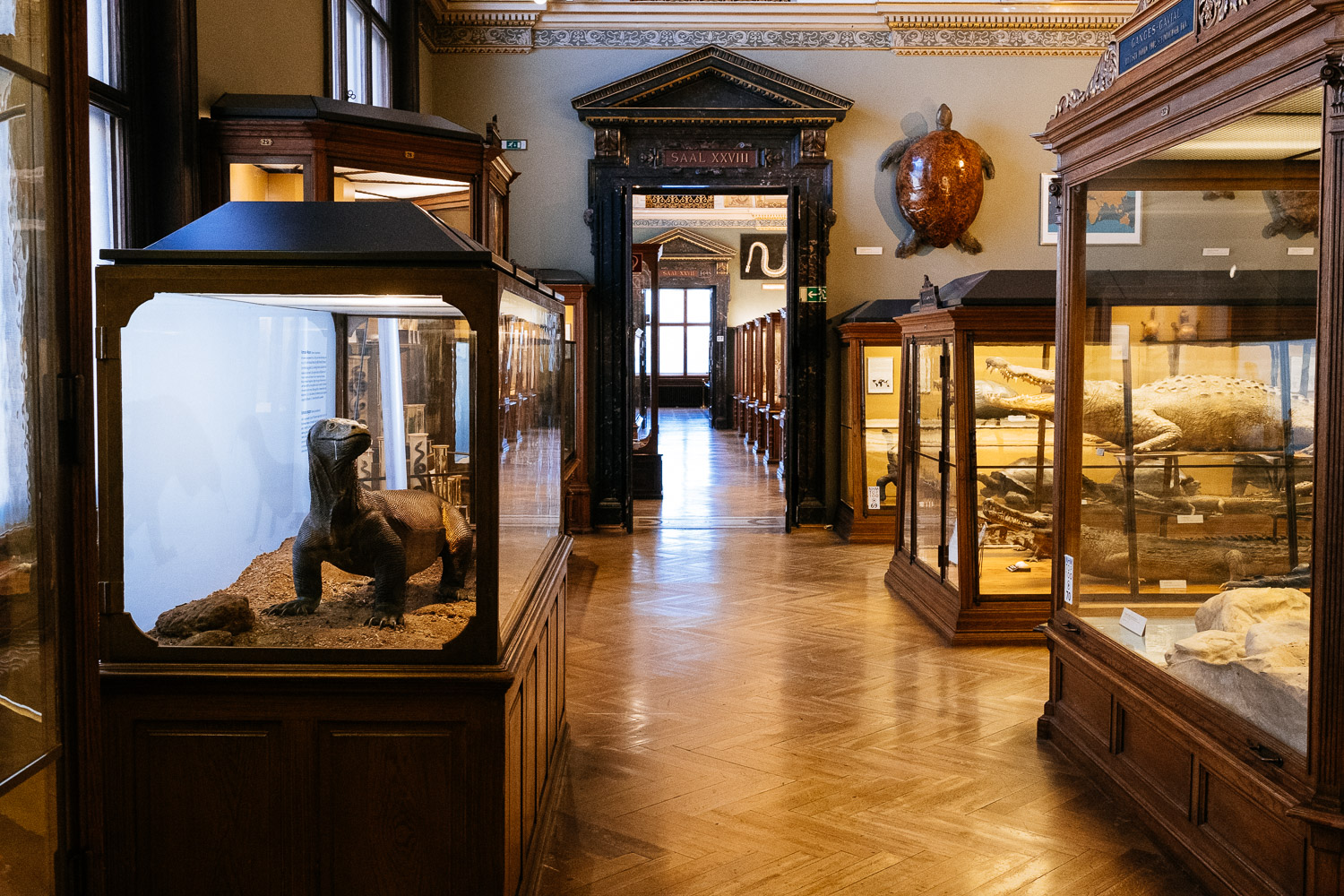 FUJIFILM X-Pro3 (23mm, f/5.6, 1/40 sec, ISO6400)
FUJIFILM X-Pro3 (23mm, f/5.6, 1/40 sec, ISO6400)
The X-Pro2 has been my main camera since 2016. With no other camera I shot that many images so it is safe to say that I know it inside out. The good thing is that the X-Pro3 handles practically the same. For me it is like an improved X-Pro2. I mostly shoot with the EVF because I like precise framing and because the OVF can’t handle my favourite lens the XF 14/2.8R. The EVF of the X-Pro3 is excellent and almost looks like the real thing. Refresh rate is excellent too so that you don’t get sick when panning.
Autofocus seems to be improved too and eye AF finally works. And while the eye-AF is not as sticky as on the Nikon Z6 it is a huge jump from the previous generation.
The main reason I waited so long the update my X-Pro2 was the controversial screen design of the X-Pro3. Strangely I start to like it. If you are a viewfinder shooter like me who rarely checks the picture after you took it you should be fine. I now like the flip screen because it is convenient for lower viewpoints.
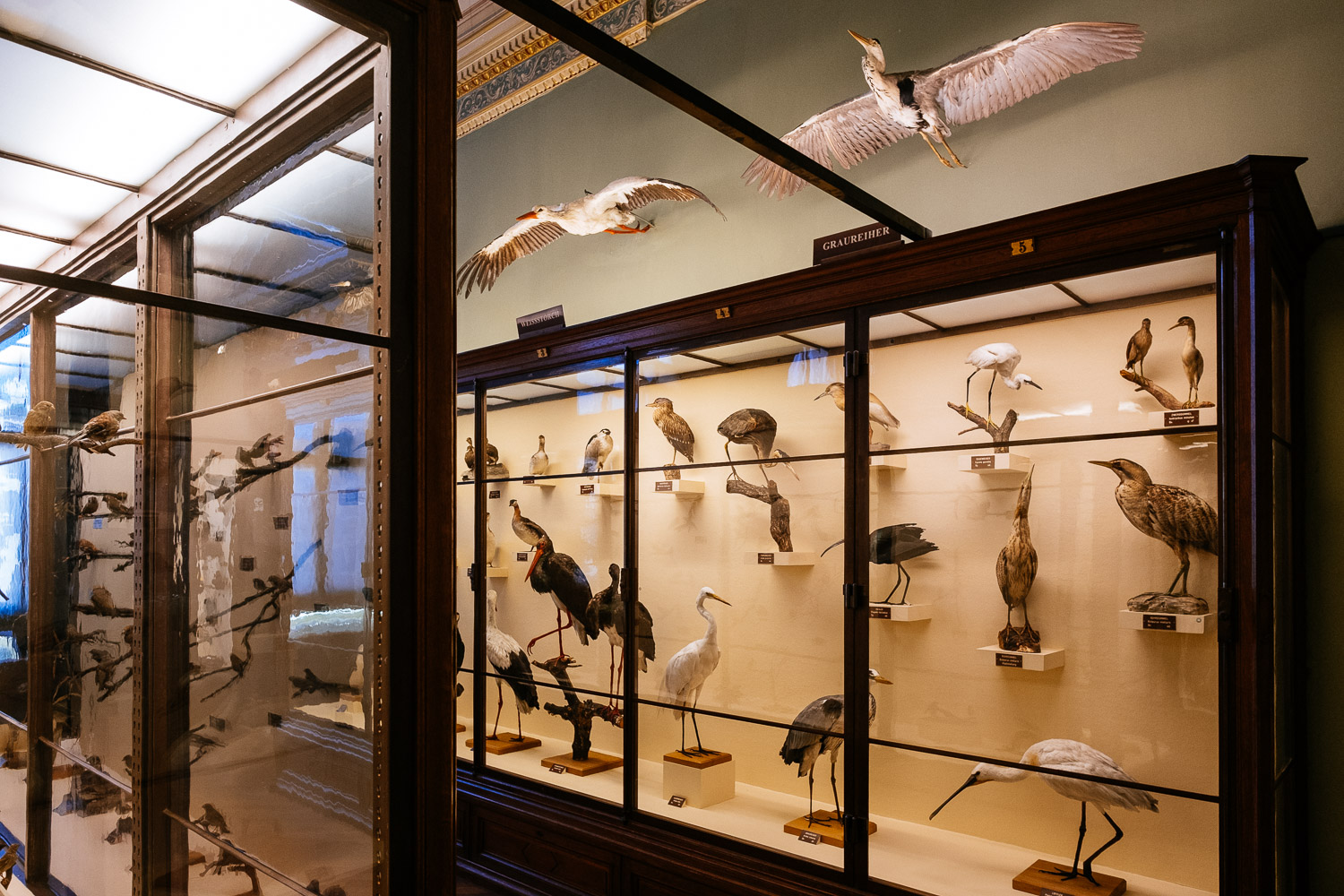 FUJIFILM X-Pro3 (14mm, f/4.5, 1/60 sec, ISO1250)
FUJIFILM X-Pro3 (14mm, f/4.5, 1/60 sec, ISO1250)
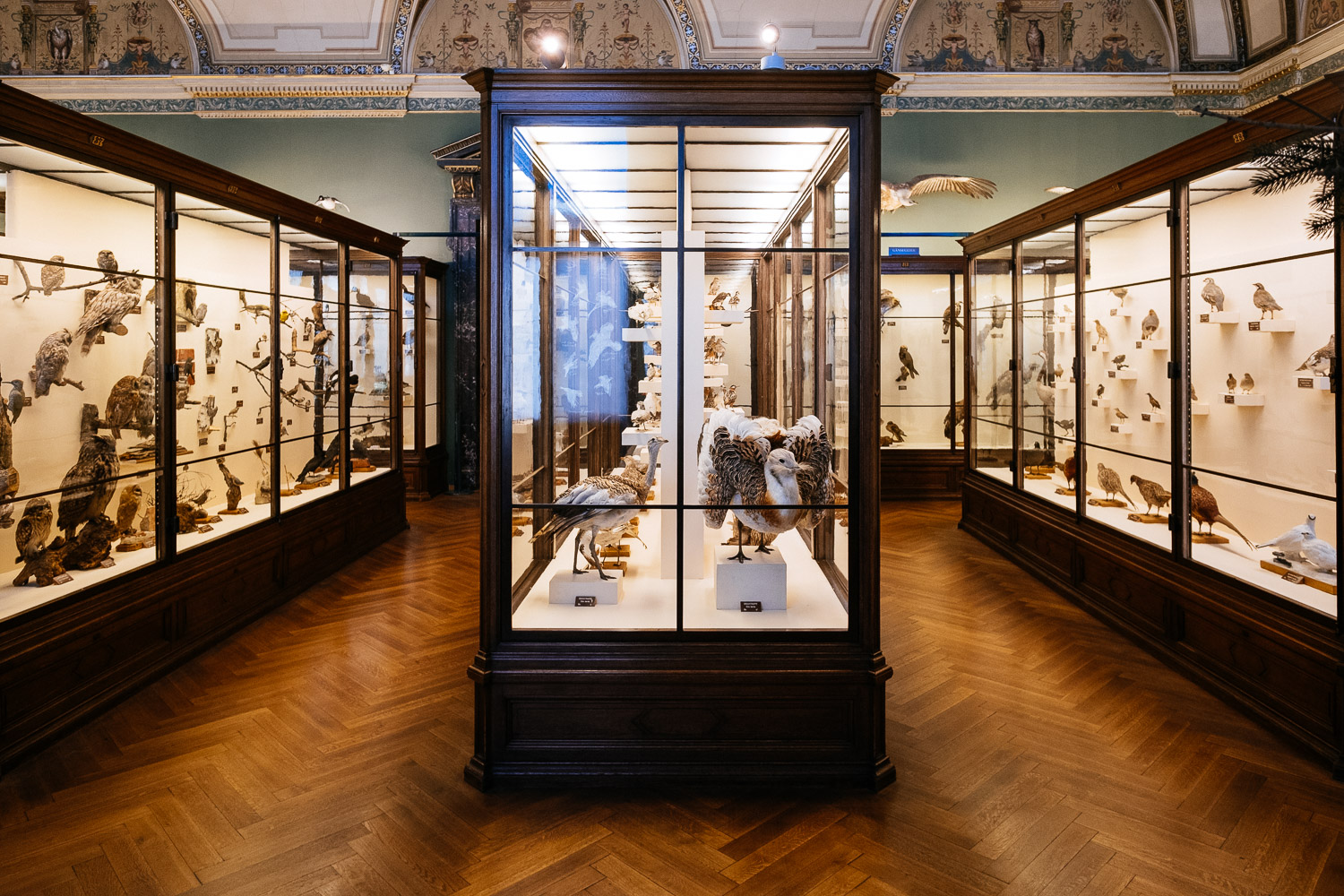 FUJIFILM X-Pro3 (14mm, f/4, 1/60 sec, ISO1600)
FUJIFILM X-Pro3 (14mm, f/4, 1/60 sec, ISO1600)
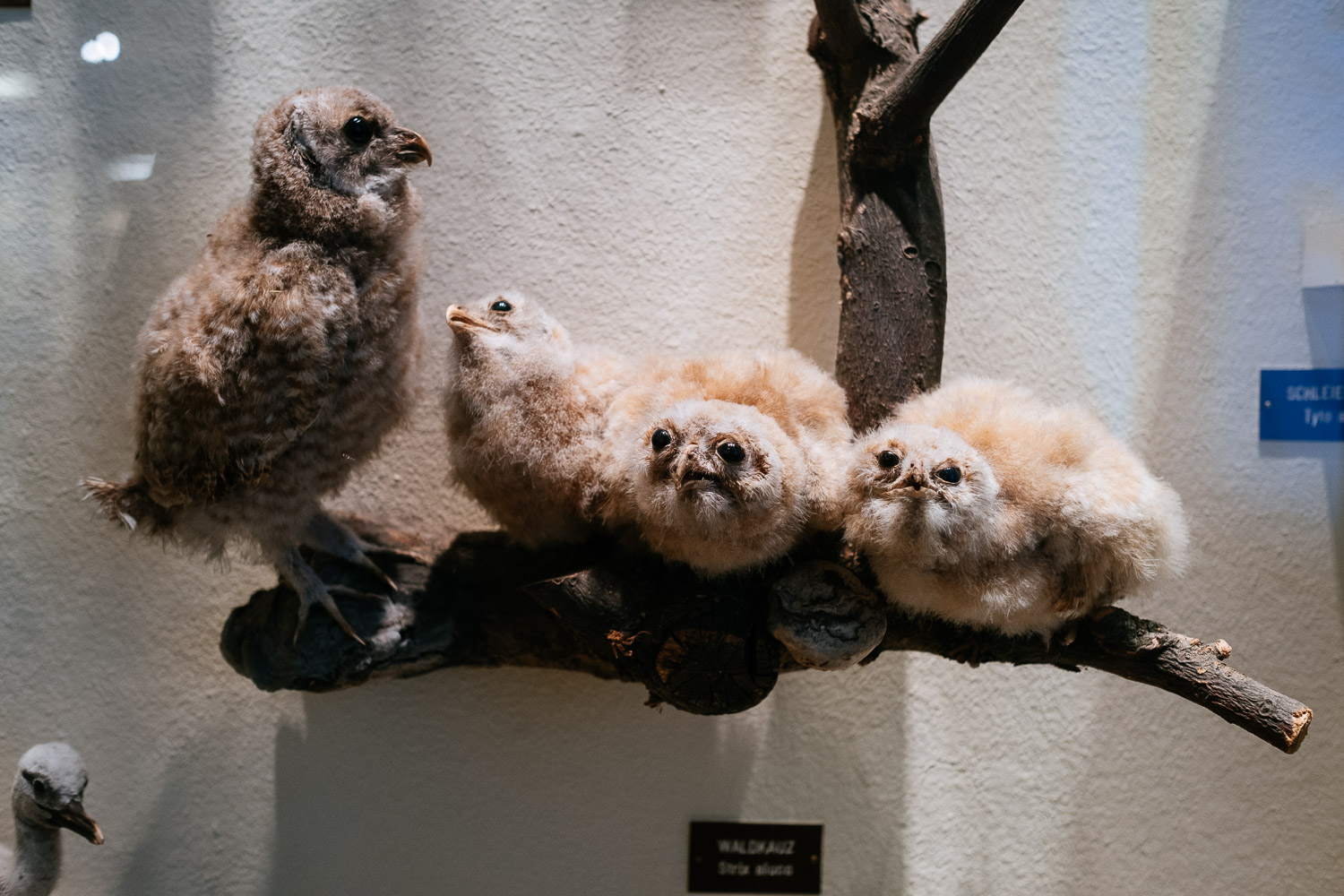 FUJIFILM X-Pro3 (23mm, f/2.8, 1/60 sec, ISO800)
FUJIFILM X-Pro3 (23mm, f/2.8, 1/60 sec, ISO800)
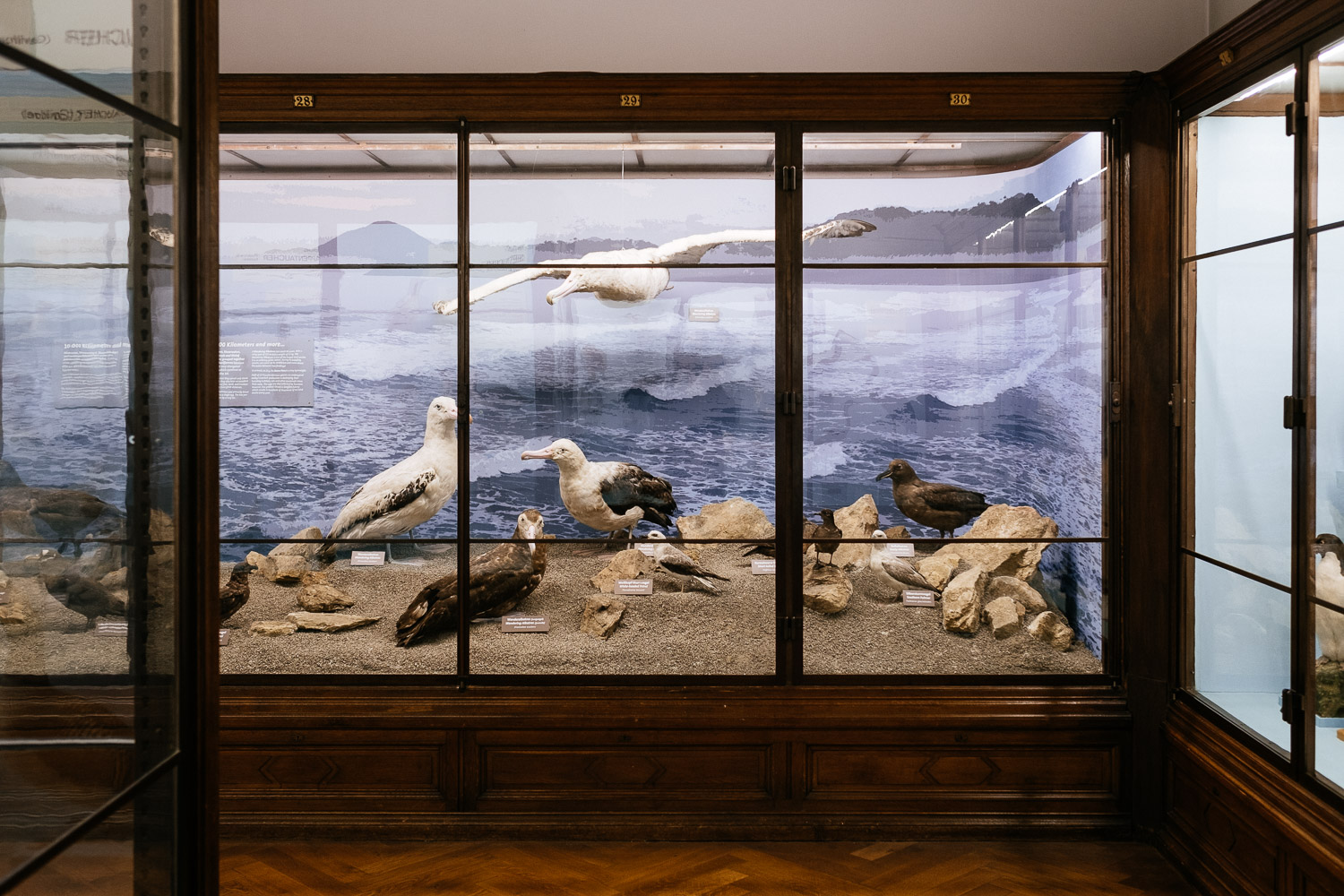 FUJIFILM X-Pro3 (23mm, f/2.8, 1/60 sec, ISO640)
FUJIFILM X-Pro3 (23mm, f/2.8, 1/60 sec, ISO640)
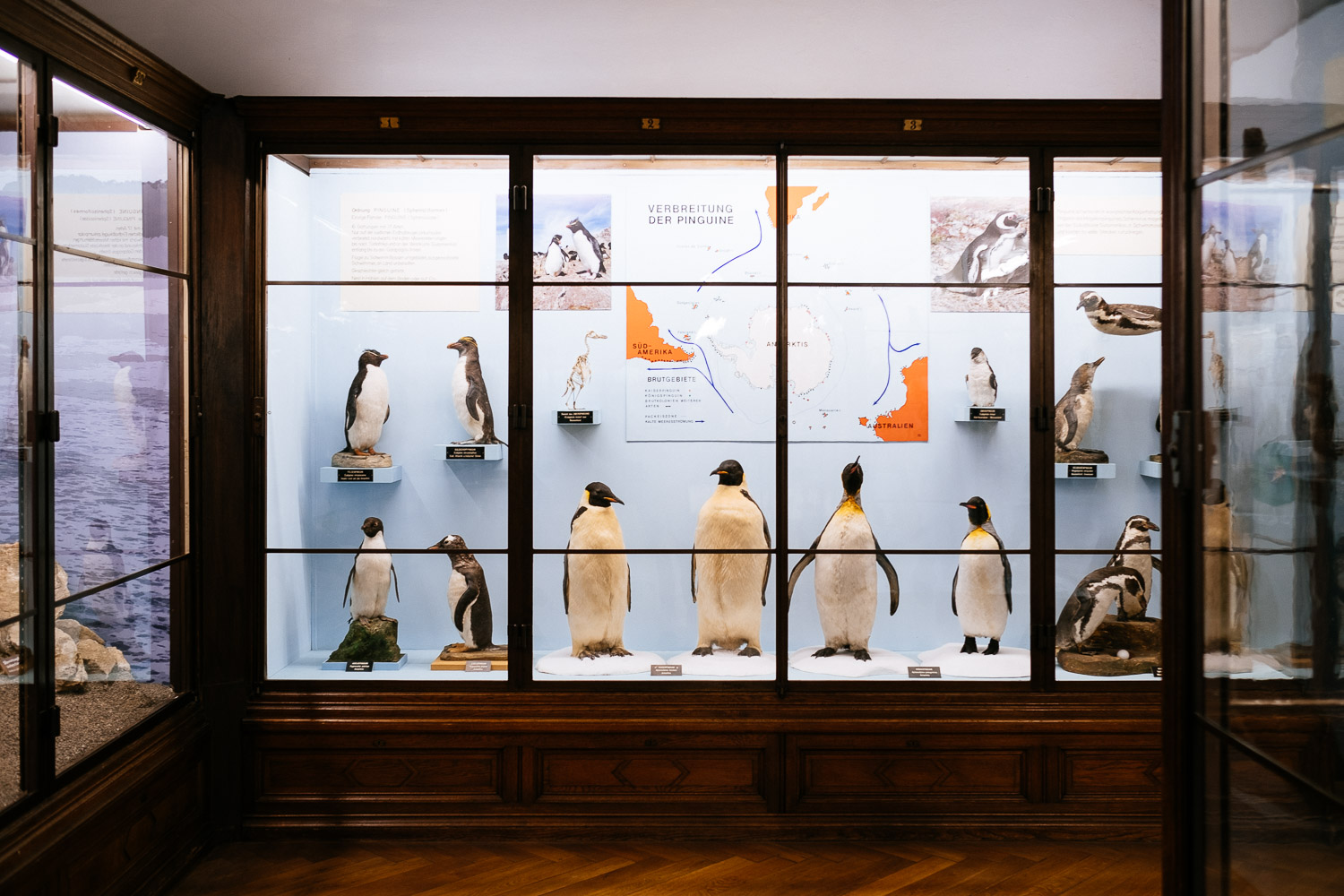 FUJIFILM X-Pro3 (23mm, f/2.2, 1/60 sec, ISO250)
FUJIFILM X-Pro3 (23mm, f/2.2, 1/60 sec, ISO250)
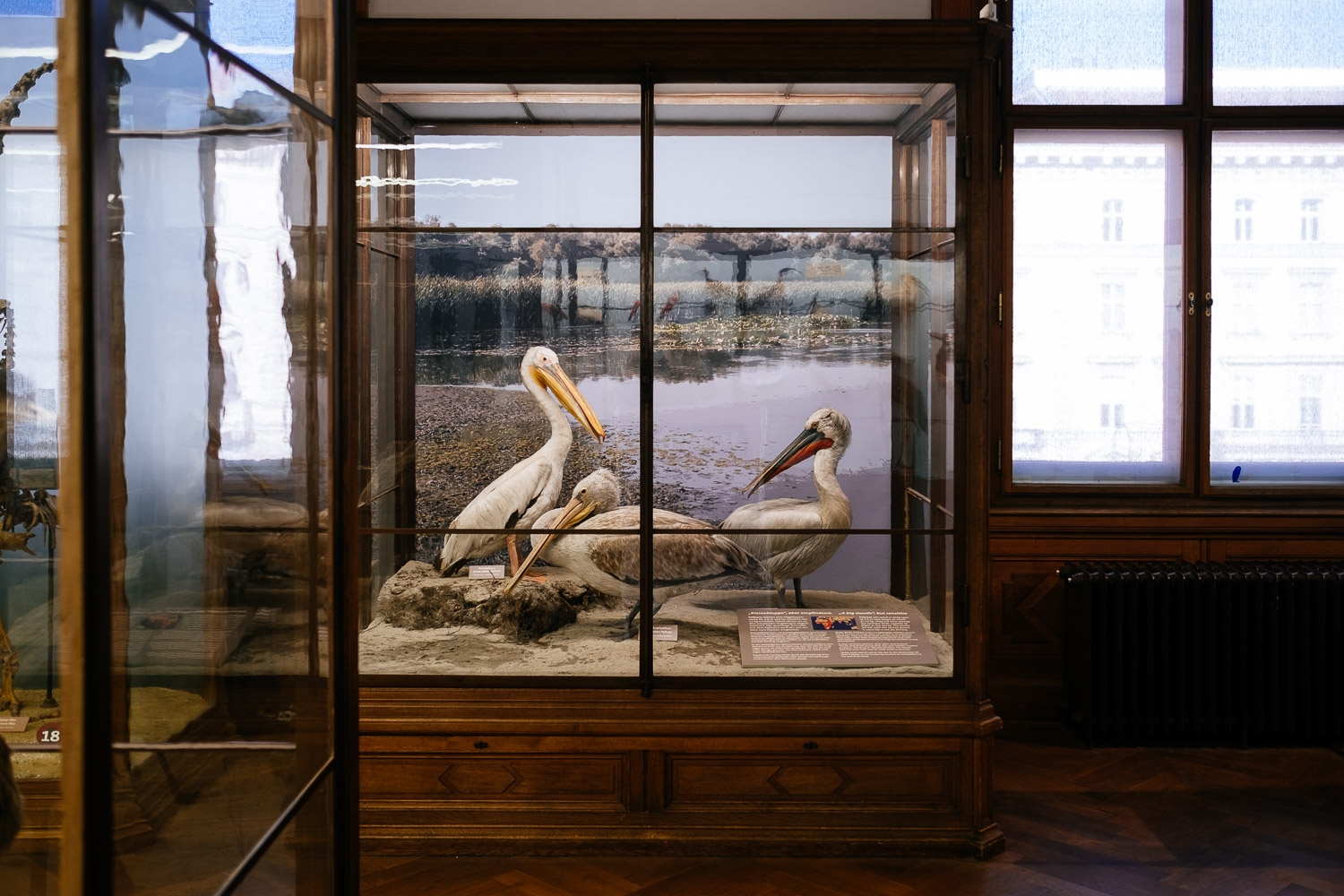 FUJIFILM X-Pro3 (23mm, f/2, 1/60 sec, ISO250)
FUJIFILM X-Pro3 (23mm, f/2, 1/60 sec, ISO250)
There are many nature history museums in the world. Even a smaller town can afford to put some stuffed animals on display. But the NHM Vienna is very different to those. First there is the building itself with its architectural bombast. Then there are those beautiful big, high ceiling rooms and last but not least the old wooden cabinets and the old dioramas.
My friend Harald, who works here as a scientist for more than 30 years, put it exactly right:”The NHM is a museum of a museum.” And that’s exactly what it is. And because some of the exhibits are so old you will find animals here that you can’t find in the average nature history museum because they are either on a red list or already extinct. There is a giant panda, a snow leopard, a coelacanth, an adult male southern elephant seal and a dodo to name a few.
The NHM also still owns the skulls and skeletons of 40.000 people! Of course there are a lot of prehistoric remains, the oldest as old as 35.000 years, but unfortunately also much younger ones. The skulls are no longer on display and in recent years the museum started to give back some of the remains to New Zealand and Hawaii.
In 2011 I took a portrait of my friend in front of one of the skull displays in a hall way that can’t be accessed by the regular visitor. Back then I had to put my Fuji X100 in macro mode in order to make the camera focus on his face. Now I simply could use eye-AF.
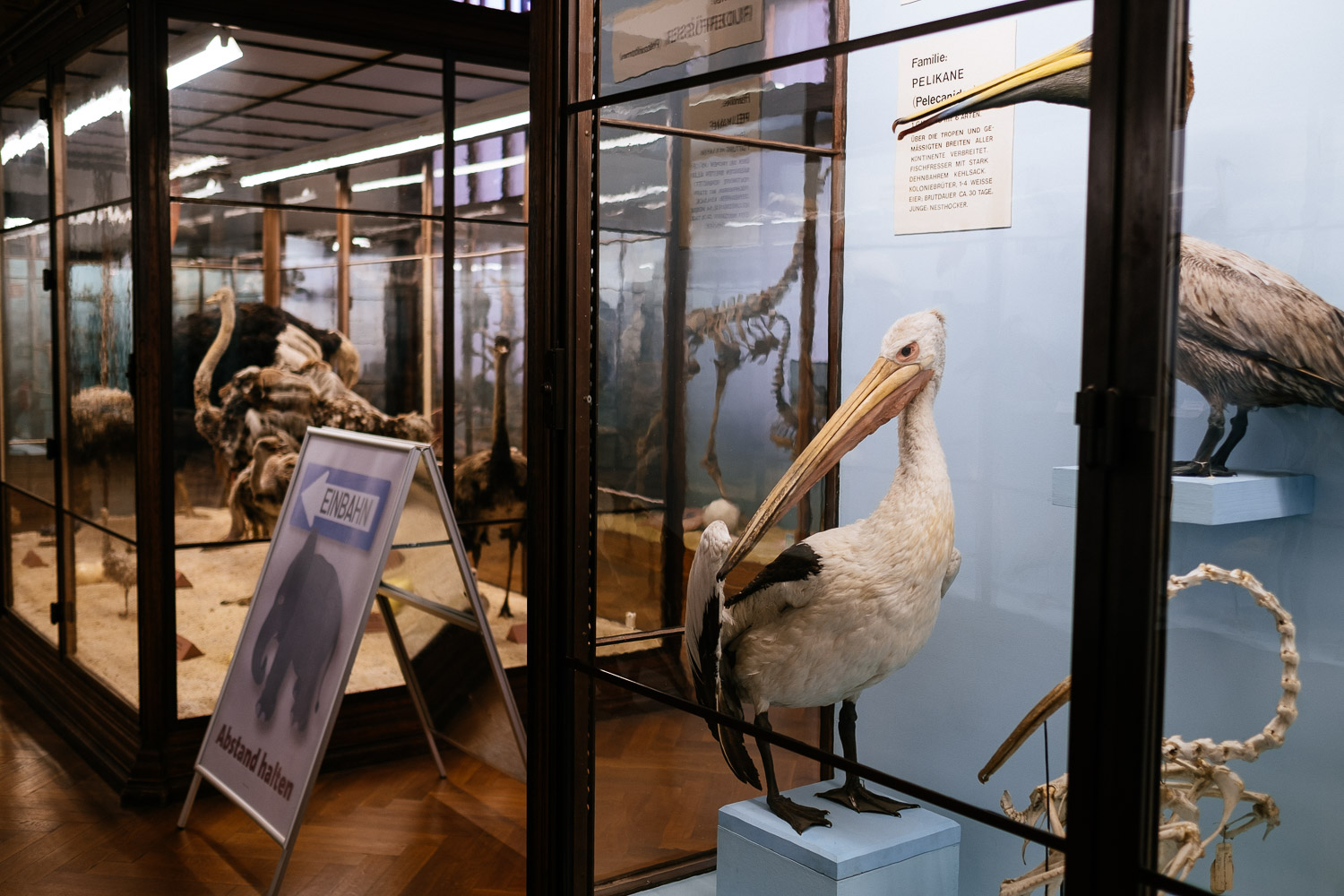 FUJIFILM X-Pro3 (23mm, f/2, 1/60 sec, ISO160)
FUJIFILM X-Pro3 (23mm, f/2, 1/60 sec, ISO160)
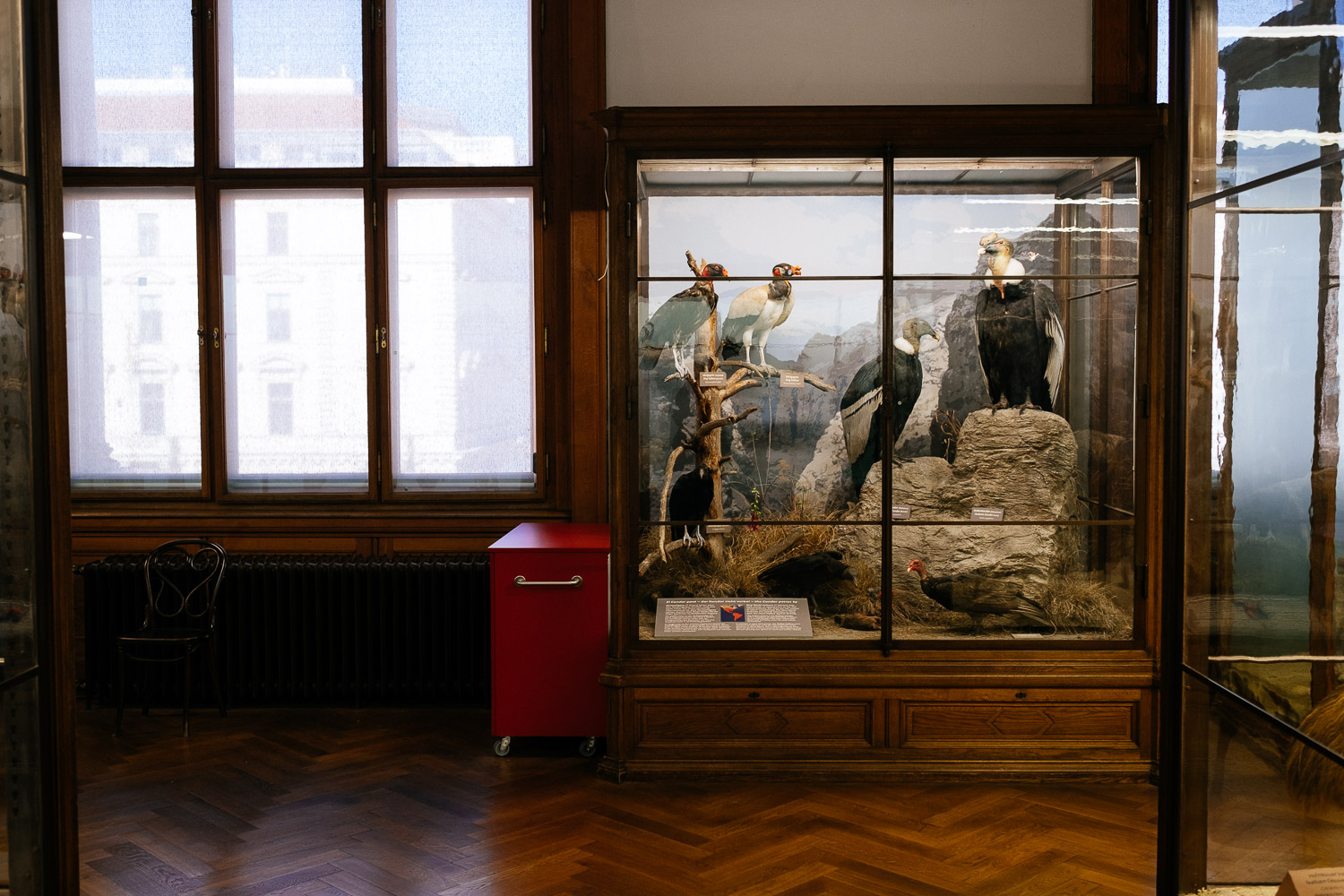 FUJIFILM X-Pro3 (23mm, f/2.8, 1/60 sec, ISO400)
FUJIFILM X-Pro3 (23mm, f/2.8, 1/60 sec, ISO400)
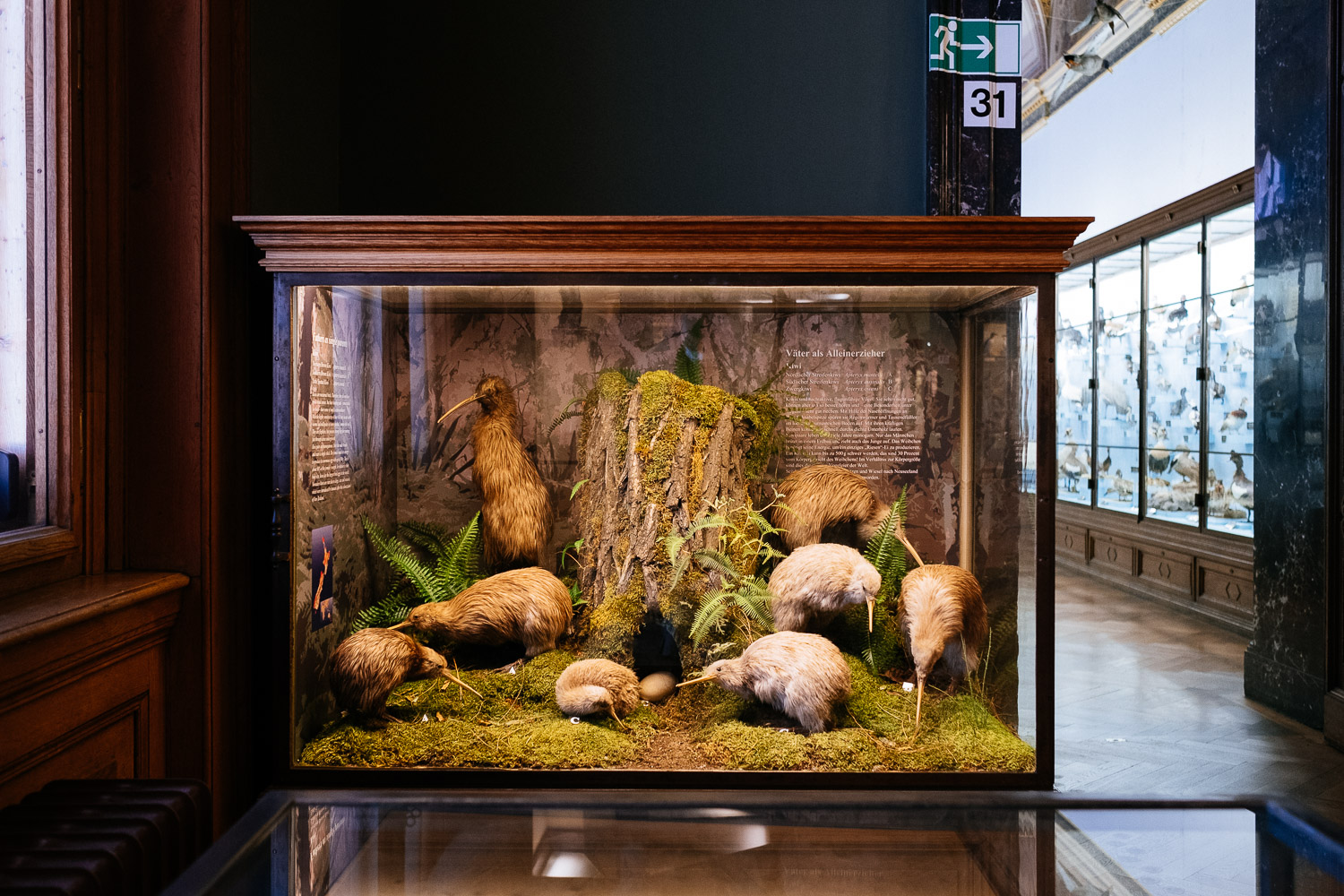 FUJIFILM X-Pro3 (23mm, f/2.8, 1/60 sec, ISO2000)
FUJIFILM X-Pro3 (23mm, f/2.8, 1/60 sec, ISO2000)
To the defence of the NHM: standards change. Back then mankind studied a lot of strange things i.e.: if you can see on the skull if the person was a criminal and what crime he might have committed or even stranger and uglier things.
Standards change but this museum doesn’t. Even though some items might have been added or removed over time the character remains the same. Like my friend Harald said: “It’s a museum of a museum.” It’s simply a wonderful place.
More of the same soon here.

